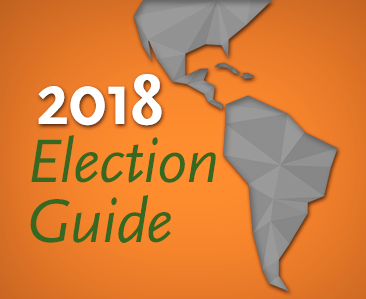Weekly Chart: Polls Gone Awry in the Americas
Weekly Chart: Polls Gone Awry in the Americas
If there’s one lesson to be learned from recent polling debacles, it’s that voters should never base their decision to head to the ballot box on them.
Polling is a science—one that’s gotten improbably more imprecise as technology and voter demographics change. "Voters defy pollsters” is almost worn at this point as ballot returns show polls were off by double digits in votes that took place in Chile, Colombia, and Honduras since October last year. In the United States, just mention of the name FiveThirtyEight—the data analysis site that consistently gave Hillary Clinton upward of a 70 percent chance of beating Donald Trump in the U.S. presidential race—still draws the ire of some.
Not all polling in Latin America is equal though: Peru’s polls in the 2016 presidential race were relatively close to reality, as were Argentina’s the year before. But as we gear up for a mammoth electoral season—seven countries in Latin America will elect a president in the next 12 months—it’s worth taking a sober look at surveys.
One thing to keep an eye on: mobile phone use and pollsters’ methodologies, as well as the ability to reach people on those devices. There are an estimated 675 million mobile subscriptions in Latin America and the Caribbean, meaning roughly 50 million more phones than there are people. In Mexico in particular, which will vote for president on July 1, the number of mobile broadband subscriptions has more than tripled since the last presidential race in 2012, thanks in no small part to a telecom reform law.







